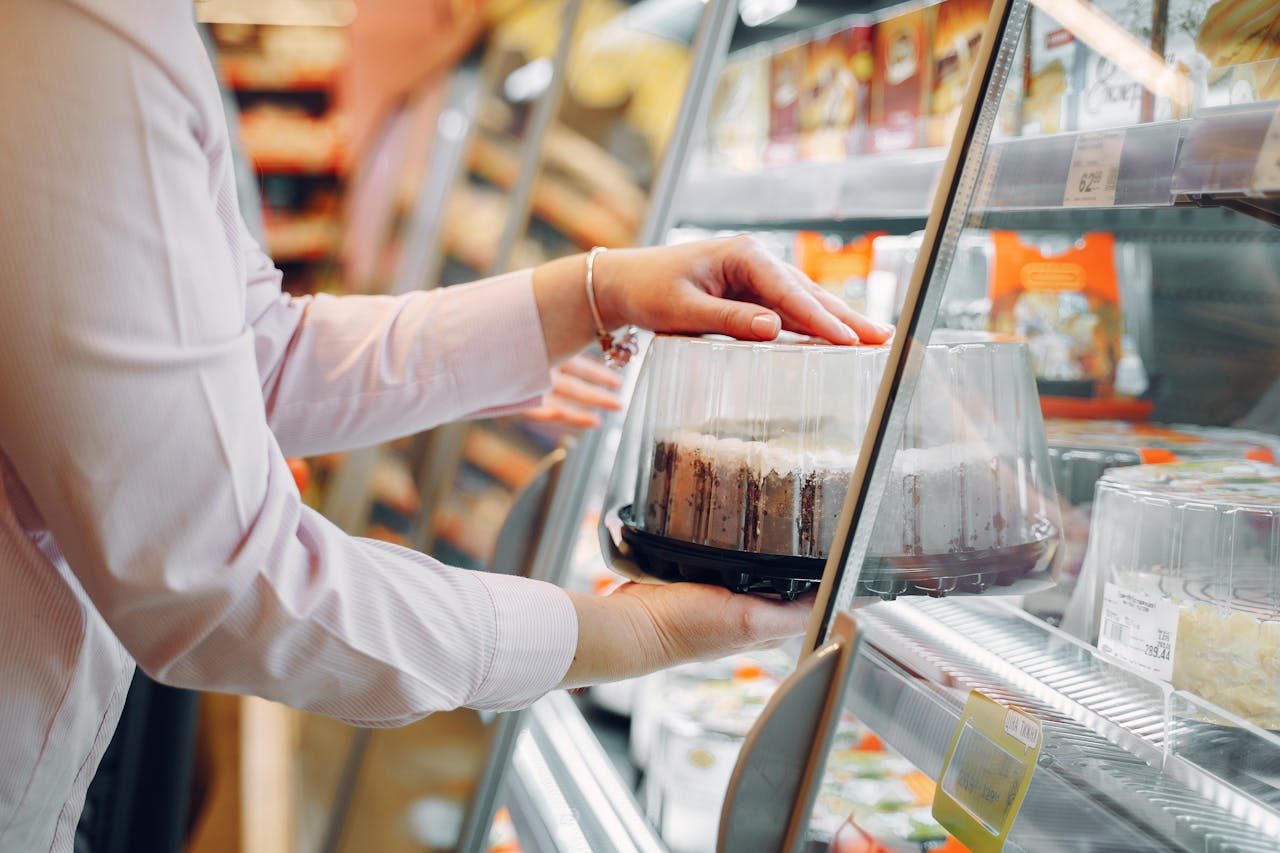As consumer demand for fresh, high-quality food continues to rise, grocery stores face the challenge of maintaining optimal conditions for refrigerated food storage while meeting stringent regulatory requirements. In this context, an efficient and reliable system for monitoring and maintaining food storage conditions is critical. Real-time monitoring solutions, like those offered by Qualified Controls, provide an invaluable tool in safeguarding food quality and ensuring the best possible storage conditions for perishable items.
In this blog post, we will delve deeper into the importance of real-time monitoring technology in optimizing refrigerated food storage in grocery stores. We will explore how these solutions can significantly impact food quality, safety, and overall customer satisfaction. Additionally, we will examine the advantages of ensuring accurate temperature and humidity control through real-time monitoring, alongside the benefits of data-driven decision-making and regulatory compliance in the retail food industry.
Are you prepared to enhance your grocery store’s refrigerated food storage practices and raise the bar for food quality and safety with the help of real-time monitoring technology? [Add CTA, e.g., “Connect with the experts at Qualified Controls to discover the potential of state-of-the-art real-time monitoring solutions in transforming your retail food storage practices and ensuring exceptional food quality.”]
The Critical Role of Temperature Control in Refrigerated Food Storage
Maintaining consistent temperature conditions within refrigerated storage areas has a significant impact on food quality and safety. By implementing real-time monitoring solutions, grocery store operators can achieve precise temperature control and ensure a more stable environment for perishable goods:
1. Early Warning of Temperature Changes: Real-time monitoring technology provides immediate alerts when temperature fluctuations occur, enabling store operators to address and rectify issues in a timely manner. Quick adjustments help prevent food spoilage and maintain overall quality.
2. Minimizing Bacterial Growth: Maintaining optimal temperature conditions in refrigerated storage units is vital for minimizing the growth of harmful bacteria. Real-time monitoring solutions ensure that temperatures are maintained within safe ranges, reducing the risk of foodborne illnesses.
3. Extend Shelf Life: Effective temperature control in refrigerated food storage helps to extend the shelf life of perishable products, ensuring grocery store customers receive the freshest and highest-quality items available.
Preserving Optimal Humidity Levels with Real-time Monitoring Solutions
In addition to temperature control, optimal humidity levels within refrigerated food storage spaces are essential for maintaining food quality and safety. Real-time monitoring systems can support accurate humidity control:
1. Preventing Dryness or Excess Moisture: By continuously monitoring humidity levels and providing instant alerts for deviations, real-time monitoring solutions can help to maintain ideal storage conditions for perishable items. This prevents food items from becoming either too dry or exposed to excessive moisture, both of which can compromise food quality.
2. Reducing Spoilage Risks: Effective humidity control helps reduce the risk of spoilage and mold growth, resulting in less food waste and higher customer satisfaction.
3. Balancing Food Quality and Safety: Optimizing humidity levels in refrigerated food storage units ensures that products remain fresh without sacrificing safety. Real-time monitoring technology helps strike this balance, ensuring the best possible food quality while maintaining a safe storage environment.
Data-Driven Decision-Making for Improved Food Storage Practices
Access to real-time monitoring data can empower grocery store operators to make more informed decisions about their refrigerated food storage practices:
1. Analyzing Trends and Patterns: The wealth of information provided by real-time monitoring systems allows operators to analyze trends and patterns in food storage conditions. By recognizing emerging issues, they can proactively address potential problems and optimize their storage practices accordingly.
2. Optimizing Inventory Levels: Access to real-time monitoring data can provide operators with valuable insight into product turnover rates, enabling them to optimize inventory levels more effectively. By stocking the right amounts of perishable items, stores can reduce the risk of spoilage and waste while ensuring customer satisfaction.
3. Streamlining Equipment Maintenance: Real-time monitoring data can also enable store operators to identify and address potential issues with refrigeration equipment, resulting in more efficient maintenance and reduced downtime.
Maintaining Regulatory Compliance and Consumer Trust
Real-time monitoring solutions play a vital role in supporting grocery stores in meeting regulatory requirements and maintaining consumer trust:
1. Documentation and Record-Keeping: Many regulatory bodies require that grocery stores maintain accurate records of the temperatures and humidity levels within their food storage areas. Real-time monitoring systems simplify this documentation process, automatically compiling the necessary data in an easily accessible digital format. This streamlined record-keeping helps demonstrate compliance with food safety regulations and simplifies audits.
2. Proactive Issue Resolution: Real-time monitoring solutions allow grocery operators to address potential food storage issues before they escalate, minimizing liability and fostering a proactive approach to food safety. This approach helps create a positive reputation among consumers, who will view the store as a trustworthy source for high-quality, safe products.
3. Enhancing Supply Chain Transparency: By integrating real-time monitoring solutions into their supply chain processes, grocery stores can improve transparency and effectively communicate with suppliers. This collaboration helps to ensure that all parties involved adhere to food safety regulations and consistently deliver the highest quality products possible.
Conclusion
In an era of heightened consumer expectations and increased regulatory scrutiny, real-time monitoring technology offers grocery store operators a powerful tool in optimizing refrigerated food storage practices. These advanced solutions support accurate temperature and humidity control, data-driven decision-making, and regulatory compliance, ensuring that perishable items are stored under the best possible conditions. By embracing cutting-edge real-time food temperature monitoring, grocery stores can maintain food quality and safety at the highest level, ultimately delivering an exceptional customer experience.
Experience the transformative potential of real-time monitoring technology for your grocery store’s refrigerated food storage practices. Connect with the experts at Qualified Controls today to discover how our state-of-the-art monitoring suite can help safeguard food quality and drive continued success in the competitive retail food industry.


